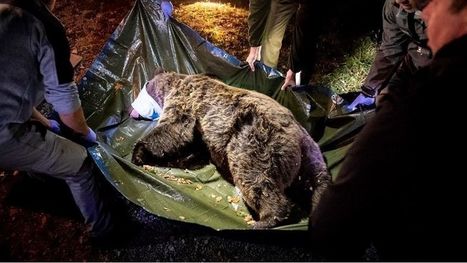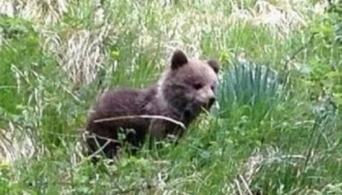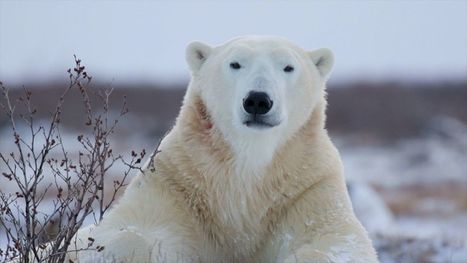Understanding the processes related to wildlife recoveries is not only essential in solving human - wildlife conflicts, but also for identifying priority conservation areas and in turn, for effective conservation planning. We used data from a large citizen science program to study the spatial processes related to the demographic and genetic recovery of brown bears in Greece and to identify new areas for their conservation. This was achieved by visually comparing our data with an estimation of the past distribution of brown bears in Greece and by using a Point Process Model to model habitat suitability, and then comparing our results with the current distribution of brown bear records and with that of protected areas.



 Your new post is loading...
Your new post is loading...











Le Réseau Ours Brun (ROB) de l'ONCFS http://www.oncfs.gouv.fr/Le-Reseau-Ours-Brun-ROB-download102